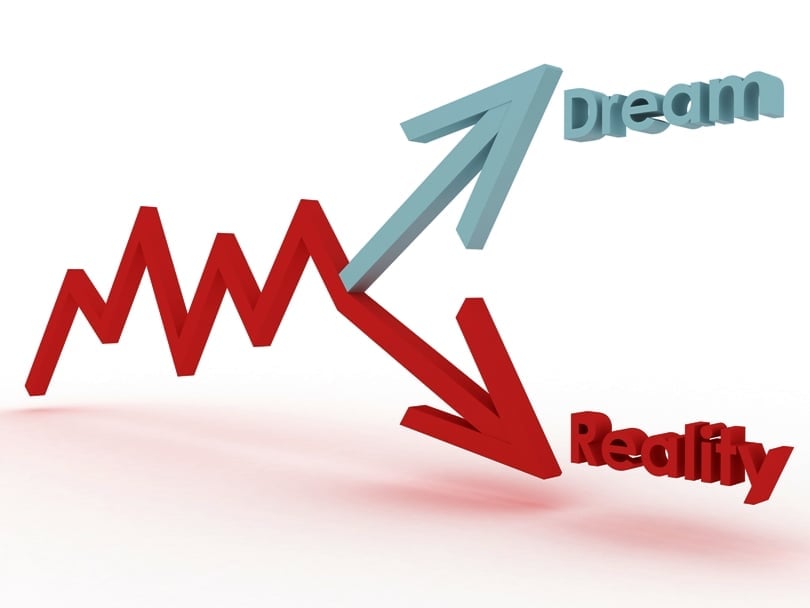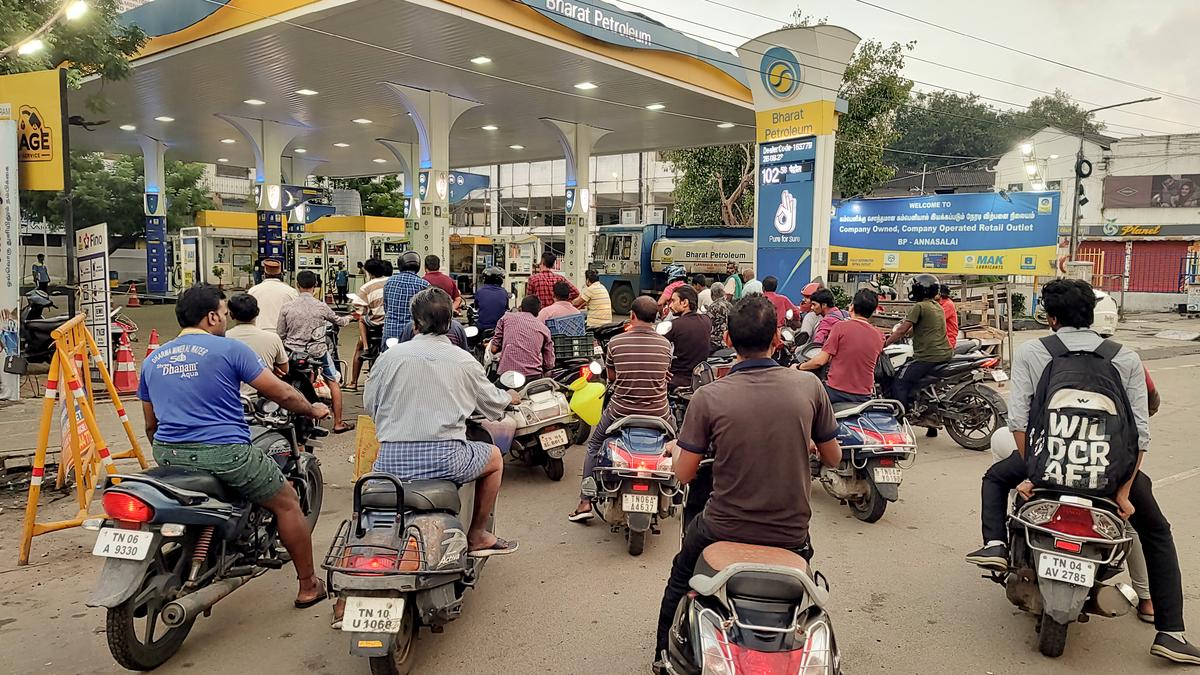KARACHI:
Returning from Eid holidays, Pakistanis are met with significant economic developments. The prime minister and his team have announced a major reduction in electricity tariffs, attributed to quarterly adjustments, renegotiation of independent power producer (IPP) contracts, and the strategic decision to withhold passing on global oil price declines as consumer relief.
While the Rs7.5/unit cut in electricity tariffs does not yet bring rates to a regionally competitive level, it is a significant step towards stability. If accompanied by long-term policy consistency, this reduction could benefit both the economy and the industrial sector. We need to attract domestic and foreign investments away from dead capital such as real estate into productive capital creating jobs, increasing taxes, enhancing exports and developing global skillset.
With electricity tariffs now ranging between 12% and 15%, alongside interest rate cuts from 22% to 12%, Pakistan is positioned to capitalise on economic stability. The ongoing IMF programme and exchange rate stability over the past two years provide a solid foundation for sustainable growth, provided that necessary reforms continue, particularly in reducing the Rs600 billion annual losses of DISCOs and expanding the tax base.
US tariffs: a major economic challenge
However, in a concerning development, the United States has imposed a 29% tariff on Pakistani exports. This move, in line with President Trump’s protectionist policies aimed at reducing the US trade deficit, is expected to have global economic ramifications. Exports to the US constitute 20% of total exports by the way and hence, we are just a minor dot on their trade problems. Despite this setback, Pakistan stands to benefit from declining global growth, which has resulted in lower oil prices. Energy consumes 25-30% of our total import bill so a recent $10-per-barrel drop in oil prices could reduce import bill by $1.5-2 billion per year and help narrow trade deficit, stabilise currency, strengthen foreign exchange reserves, contain inflation, facilitate further interest rate cuts, improve purchasing power, and positively impact both stock market and the real estate sector.
Trade relations with US need rebalancing
The US tariff increase affects multiple countries, with Pakistan’s 29% hike being lower than Sri Lanka’s 44%, Vietnam’s 46%, and Bangladesh’s 37%. This provides Pakistan with a relative advantage in textile exports, particularly as domestic energy costs decline. While the US has not provided a clear justification for tariff hikes, any relative benefit in competitiveness should be leveraged to enhance exports.
Pakistan imposes an average 7% tariff on US goods, while Pakistani exports to the US face a 10% tariff. A bilateral discussion is necessary to clarify that Pakistan does not unfairly shield its economy from US products. Pakistan’s main exports – textiles and leather – derive their competitiveness from domestic raw material availability rather than artificial trade barriers.
As an energy-deficient country, Pakistan needs substantial liquefied natural gas (LNG) imports to support industrial, domestic, and commercial needs. Despite having electricity surplus, gas shortages persist due to distribution and transmission inefficiencies. Engaging in a long-term LNG contract with the US could help narrow $3 billion annual trade imbalance while strengthening economic ties.
Export-to-GDP ratio highlights structural weakness
Pakistan ranks 184th globally in export-to-GDP ratio at 10%, significantly lagging behind competitors – Bangladesh (13%), Egypt and Sri Lanka (20%), India (22%), Vietnam (93%), and Turkey (32%). The $3 billion trade surplus with the US represents less than 1% of Pakistan’s gross domestic product (GDP) and could be strategically adjusted by increasing energy and other imports from the US to enhance bilateral relations.
Countries impacted by US tariffs may resort to aggressive global selling, potentially reducing inflation worldwide instead of making US consumer goods more expensive. This shift could lower global commodity prices, benefiting Pakistan’s ambition to become a competitive industrial and manufacturing hub.
Seizing opportunity rather than panicking
Pakistan’s policymakers must utilise savings from lower oil prices to invest in infrastructure, healthcare, and education. Rather than relying on debt rollovers, surprise prepayments to bilateral partners should be considered. Simultaneously, privatisation efforts must continue, and proactive engagement with the US should focus on importing an additional $2-3 billion in energy and other products to strengthen economic ties. The goal should be to transform Pakistan into a resilient “hard” economic state while minimising governance gaps.
The writer is an independent economic analyst






